Impressions
The name impressionism comes from the Latin word impressio meaning ‘reflection’, ‘impression’. This art movement originated in 19th century in Paris. The name of the style derives from the title of a Claude Monet work, Impression, soleil levant (Impression, Sunrise). The most distinct feature of this movement is aspiration to depict the transience of the moment and the impression that is left on us by seen reality and its sensuality. It was a departure from the academicism prevailing at that time, which was art produced under the influence of European academies of art. The particular emphasis was placed on the drawing skills in which you had to follow strictly stated rules. The artists attempted to reflect the impeccable beauty whose ideal was presented by the classical sculptures. Few people know that the emergence of impressionism was strongly influenced by the invention of photography. Painting could not compete with it as far as the reproduction of details, which was really important at that time, was concerned. Moreover, the photography became widespread and more and more people, often amateur photographers, started taking photographs. It was noticed that treating the composition freely and the obvious mistakes and imperfections frequently better render the mood and the transience of the moment itself. Owing to the progress in optics, the nature of light was understood better. People got to know that the white light is a combination of all the colours of the rainbow and exactly these colours started to be used as basic by impressionists who blended them only on the canvas. The colour and form, not only a sole content, started to be important. The space for subjective perception of reality emerged. The subject of painting changed completely. Instead of biblical, literary and historical scenes, the common life and nature started to be depicted. More paintings were plein-air paintings then. The artists painted by applying blobs of paint of basic colours which blended and formed complementary colours when watched from the distance. Impressionism is really close to my heart and I have always tried to introduce its principles to my photography. This is probably the source of my interest in nature, in the transitory nature of my subjects and in colours which I always passionately select for my photos. Of all the impressionists Vincent van Gogh is especially close to my heart . Hence my love for sunflowers, which you probably managed to notice already. I started to have an exceptional respect for van Gogh after reading the letters that he wrote to his brother for most of his unhappy life. When I was in Paris, I decided to visit his grave in Auvers-sur-Oise. Imagine my surprise when I could not find it in the cemetery in any way. There wasn’t the slightest hint or information about it. Searching for the grave took my over an hour. When I finally found it, I was shocked. See how the grave that he shares with his brother Theo looks.
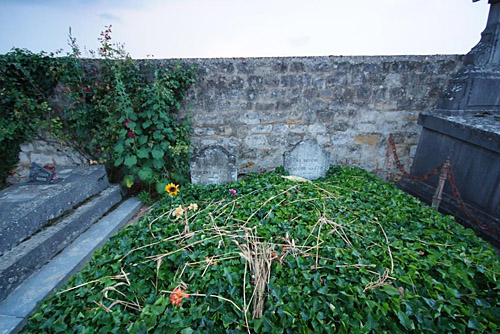
The grave is unkempt and overgrown with wild ivy. Were it not for this little sunflower, I would not even probably notice it.
This chapter was entitled ‘Impressions’ as it will show the photos in which not the object itself is the most important, but the play of light, colours and the impression that is produced by an image.
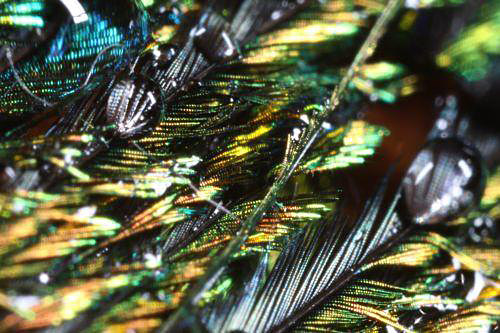
Canon 50d, Canon MP-E 65 mm 1-5 x Macro Photo, Macro Twin Lite MT-24 EX
Wet feather, impression.
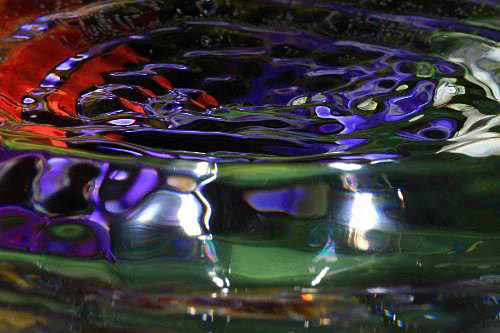
Canon 50d, Canon 100 mm L IS Macro, lampa Macro Twin Lite MT-24 EX
Rippling light, impression.
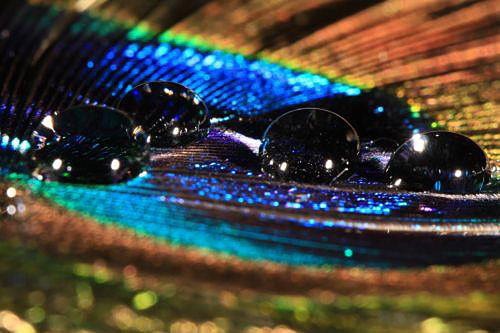
Canon 50d, Canon MP-E 65 mm 1-5 x Macro Photo, Macro Twin Lite MT-24 EX flash
Wet feather, impression no. 2.
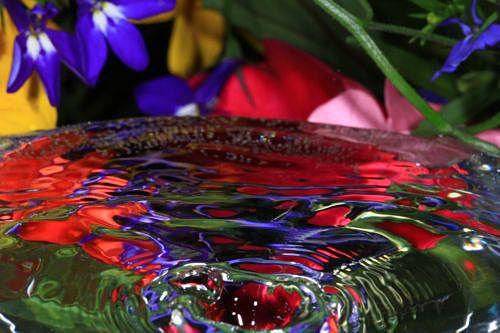
Canon 50d, Canon 100 mm L IS Macro, lampa Macro Twin Lite MT-24 EX
Enchanted lake, impression.
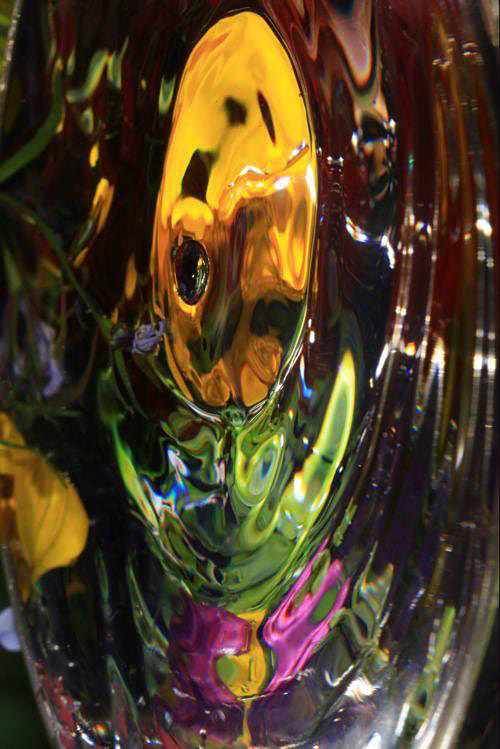
One-night flower, impression.
Canon 50d, Canon 100 mm L IS Macro, Macro Twin Lite MT-24 EX flash
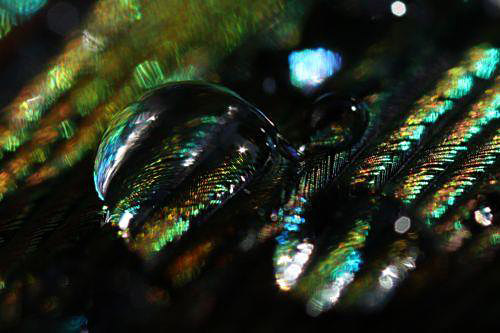
On the rainbow stave, impression.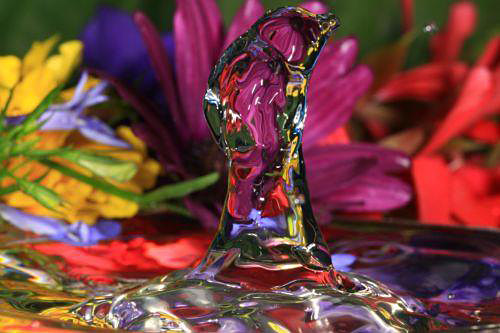
A dolphin from the magic lake, impression.
Once I hit upon the idea of using a macro lens to photograph small fragments of paintings of my mother-in-law Anna Rudnik. Interestingly, the fragments may itself be unusual scenes.
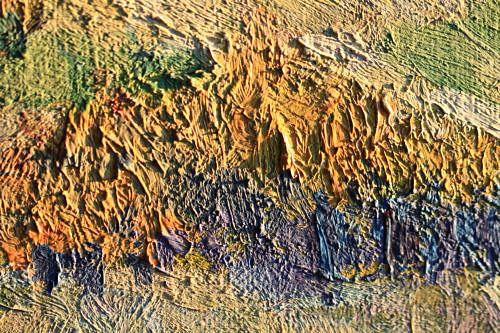
Canon 50d, Canon 100 mm L IS Macro, Macro Twin Lite MT-24 EX flash
Stony landscape, impression.
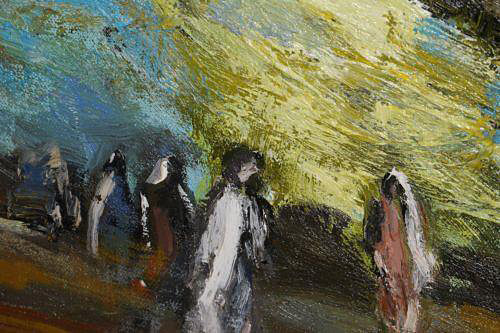
Canon 50d, Canon 100 mm L IS Macro, Macro Twin Lite MT-24EX flash
Women, impression.
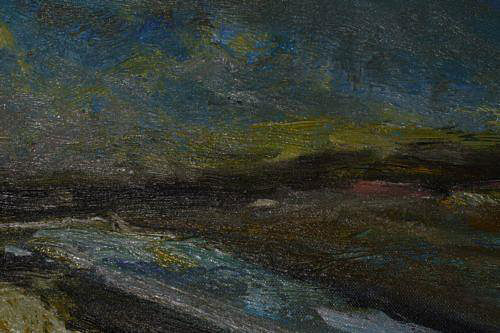
Canon 50d, Canon 100 mm L IS Macro, Macro Twin Lite MT-24 EX flash
Night landscape, impression.
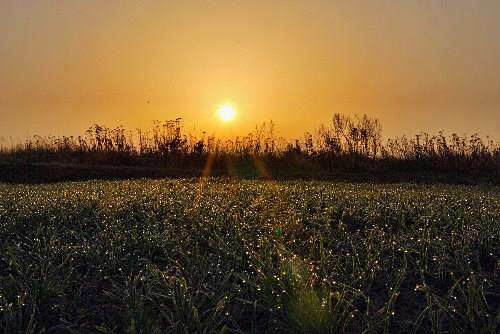
Sunrise, impression.
Some time ago I took a photo of very small miniatures of faces of Queen band members. In magnification the print looks like a set of colourful spots, but look at it from a distance, and you will see their faces clearly. This shows more or less what the impressionism is about.
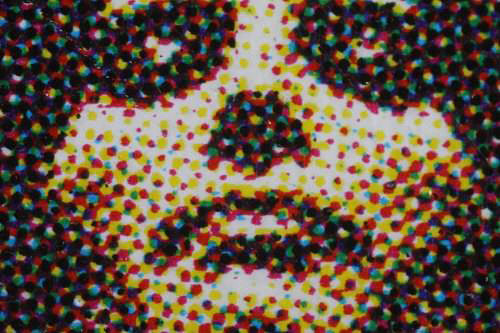
Canon 50d, Canon MP-E 65 mm 1-5 x Macro Photo, Macro Twin Lite MT-24 EX flash
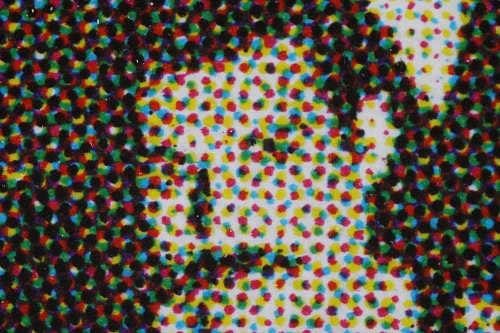
Very interesting impressions of flowers can be produced using extreme magnification, where the appearance of flowers is not important. In contrast to the subtle play of colours and structures, their ethereality and transience like that of pollen in the wind, delicacy of petals and scents.
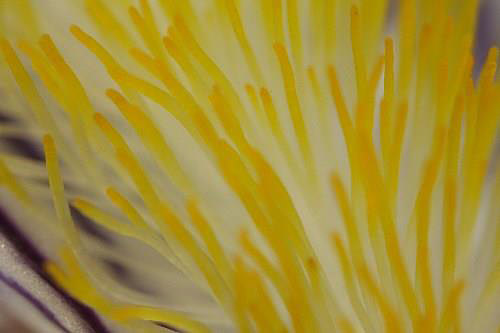
Canon 50d, Canon MP-E 65 mm 1-5 x Macro Photo, Macro Twin Lite MT-24 EX flash
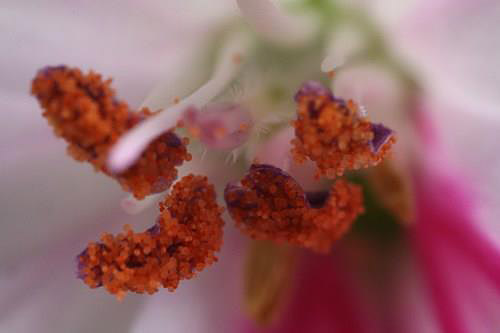
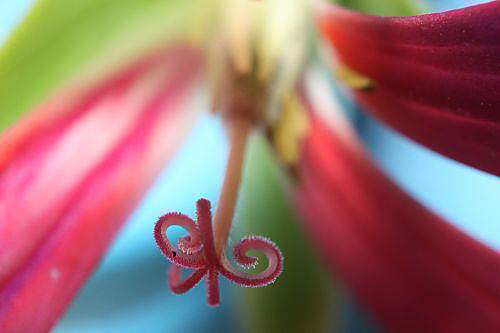
Canon 50d, Canon MP-E 65 mm 1-5 x Macro Photo, Macro Twin Lite MT-24 EX flash
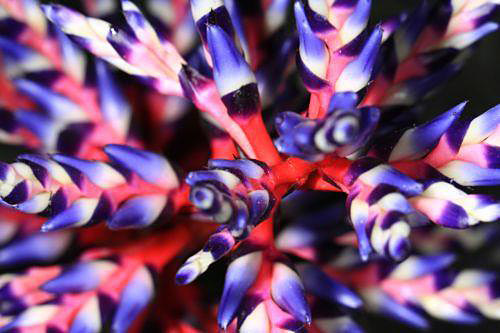
I took the picture of blooming yarrow with a wide-angle lens at sunset.
I illuminated the scene with a built-in flash.
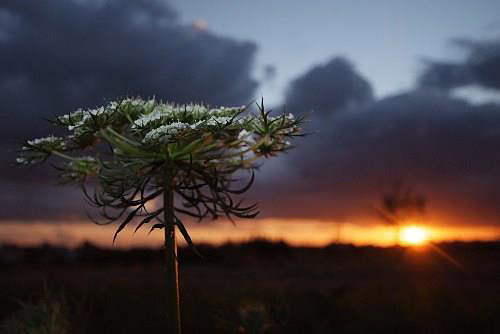
FujiFilm S5 PRO, Sigma 10-20 mm f 4-5,6 DC HSM
Sunset, impression.
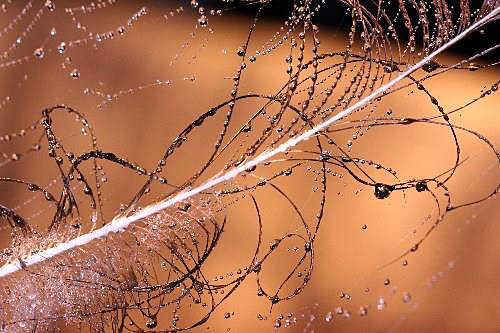
Canon 50d, Canon 100 mm L IS Macro, Macro Twin Lite MT-24 EX flash
This peacock feather was caught in a spider's web. I took these photos in the evening after the rain,
in the light of a sodium-vapor lamp.
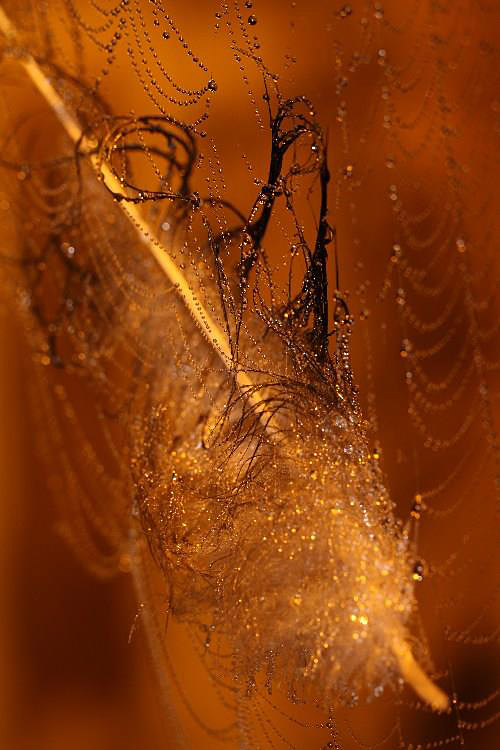
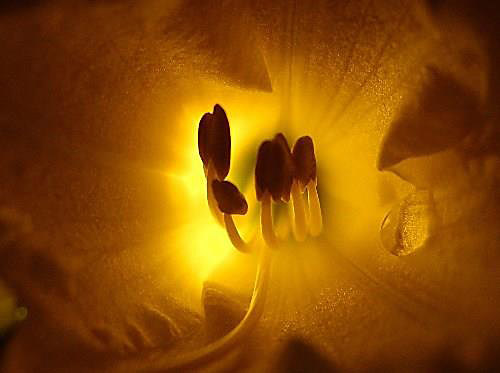
Olympus XZ-1, Olympus Macro Arm Light
This flower looks amazing when illuminated from below using Olympus Macro Arm Light,
like a very original wall lamp.
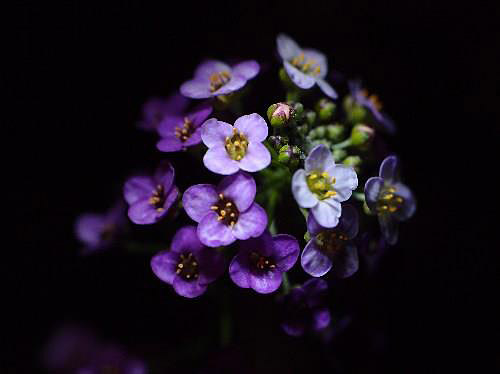
Olympus XZ-1, Olympus Macro Arm Light.
The flower emerging from the darkness appears to be hung in a vacuum.


